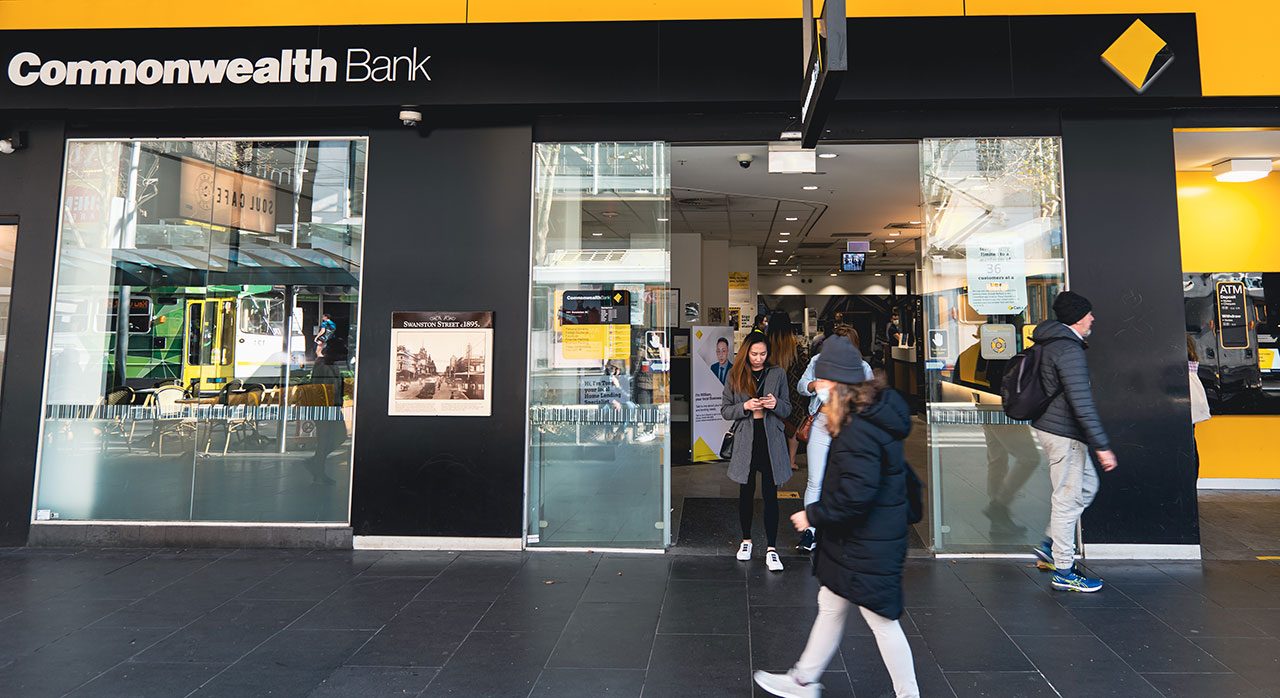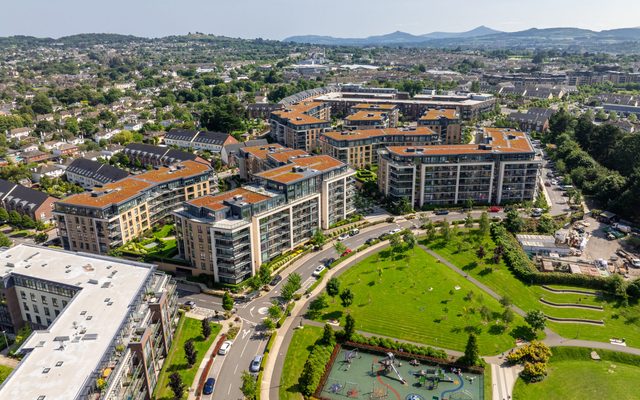This article is from the Australian Property Journal archive
A MAJORITY of analysts and major banks are tipping a highly anticipated interest rate cut at the Reserve Bank’s upcoming board meeting, after official data showed underlying inflation had fallen in the December quarter to within touching distance of the RBA’s target band.
It’s potentially good news for mortgage holders, who have been battered by 13 consecutive interest rate rises, as well as the Albanese government, which will be hoping for at least one interest rate cut in the lead-up to the election to boost the mood of an electorate which is also contending with a cost-of-living crisis.
Underlying inflation – the RBA’s key measure of inflation – dropped from 3.6% to 3.2% in the quarter, below the RBA’s own forecast of 3.4%, while headline inflation eased from 2.8% to 2.4%.
The RBA’s target range for inflation is between 2% and 3%.
“The soft landing that we have been planning for, and preparing for, is now looking more and more likely,” Treasurer Jim Chalmers told reporters in Melbourne.
“This result is better than expected and better than forecast.
“It’s not mission accomplished, but it means we’ve made much more progress,” he later said in a statement.
Roy Morgan data showed 26.8% of mortgage holders were “at risk” of mortgage stress in the three months to November – a small increase on October, although 3.5% lower than the June figures prior to the federal government’s stage three tax cuts that increased household income for Australians.
Westpac has now joined fellow big four banks Commonwealth Bank and ANZ in forecasting a rate cut at the February 17th-18th board meeting. NAB is expecting a cut in May.
“Many countries around the world have paid for this kind of progress on inflation with much higher unemployment or with negative quarters of growth,” Chalmers said.
“Australia has shown that there is a better way to go about it and we’re seeing the fruits of some of those efforts in the inflation numbers.”
Australia’s unemployment rate stands at 4.0%.
Shadow Treasurer Angus Taylor said the cost-of-doing-business pressures are affecting all businesses across Australia, “and that suffering continues”.
“Now, we see the inflation (data) out today and we see that core inflation is stubbornly above target.”
Rents rose 6.2% over the 12 months to December and is one of the economy’s worst sources of cost pressures. Alcohol and tobacco, and recreation and culture recorded the largest price rises, while housing (down 0.7% over the quarter) and transport offset those increases.
New data from REA Group showed a 6.9% annual rise to December in rents – a far cry from the 20% annual growth seen in 2023, but still enough for renters to still feel the sting and to keep housing at centre stage in the lead-up to the upcoming federal election.
“We hope this is what the Reserve Bank is looking for to start bringing down interest rates,” Denita Wawn, CEO of Master Builders Australia, said of the inflation data.
“Australia desperately needs to boost housing supply, and this will only be achieved when the cost of new home building starts to moderate, and project costs stack up.”
Vacancy rates in the rental market remain crushingly low amid a national housing crisis. The federal government’s National Housing Accord is aiming to deliver 1.2 million “well-located” homes over five years in a bid to pump supply into the market. Construction costs, labour issues and capacity constraints have cast heavy doubt that the nation will reach that target.




